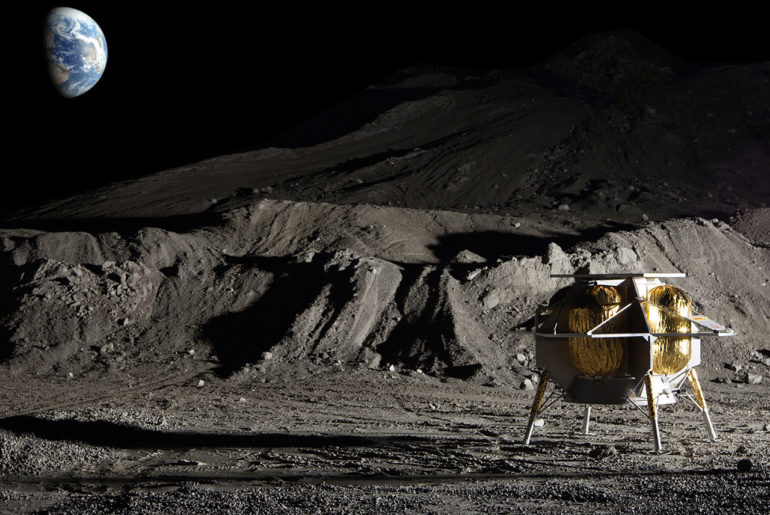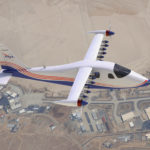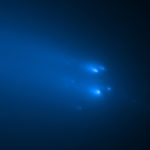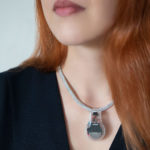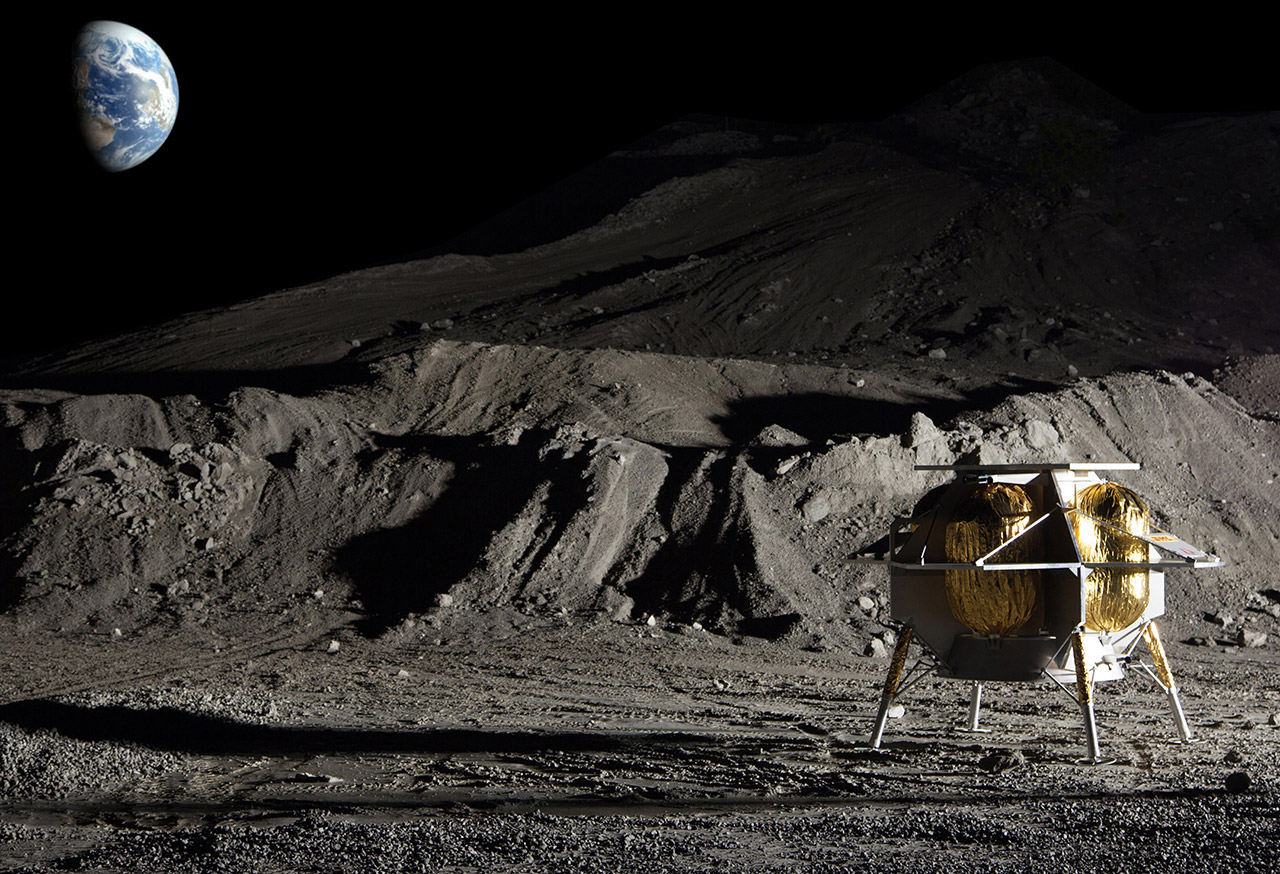
Photo credit: Astrobotic via The Verge
NASA is seeking to purchase lunar soil samples from private companies. These companies are not limited to just those in the United States, but from around the world, and the lunar samples requested range from 1.8 ounces to 18 ounces by 2024. The space agency will pay between $15,000 to $25,000 for them, but with one catch, you’ll get the 80% remainder of the money once the soil is delivered. Companies only get 10% after signing the contract and another 10% once the spacecraft launches.
There are not many other requirements other than the small amount of Moon dirt or rocks can be from any location on the lunar surface, but imagery must be provided to NASA of the collection, along with data that identifies the location. Next, an “in-place” transfer of ownership of the lunar rocks to NASA must take place. Once ownership transfer has been completed, the collected material becomes the sole property of NASA for their use.
- Build a large multi-stage rocket and opening launch control tower with interactive play experience, plus a monorail system to transport astronauts from the tower to the training grounds and rocket!
- Includes 6 LEGO City minifigures: 2 astronauts, 2 scientists, Launch Director, ground crew technician and a robot figure, plus a space telescope, rover with articulated arm and a launchpad
- Rocket standing measures over 16” (42cm) high, 4” (11cm) wide and 2” (6cm) deep Launch Control closed measures over 7” (18cm) high, 5” (13cm) wide and 5” (13cm) deep Launchpad with closed tower arms measures over 9” (24cm) high, 4” (12cm) wide and 4” (12cm) deep Monorail track measures over 3” (8cm) high,14” (36cm) long and 18” (47cm) wide
Next-generation lunar science and technology is a main objective for returning to the Moon and preparing for Mars. Over the next decade, the Artemis program will lay the foundation for a sustained long-term presence on the lunar surface and use the Moon to validate deep space systems and operations before embarking on the much farther voyage to Mars. The ability to conduct in-situ resources utilization (ISRU) will be incredibly important on Mars, which is why we must proceed with alacrity to develop techniques and gain experience with ISRU on the surface of the Moon,” said Jim Bridenstine, NASA Administrator.
NEWS: @NASA is buying lunar soil from a commercial provider! It’s time to establish the regulatory certainty to extract and trade space resources. More: https://t.co/B1F5bS6pEy pic.twitter.com/oWuGHnB8ev
— Jim Bridenstine (@JimBridenstine) September 10, 2020

